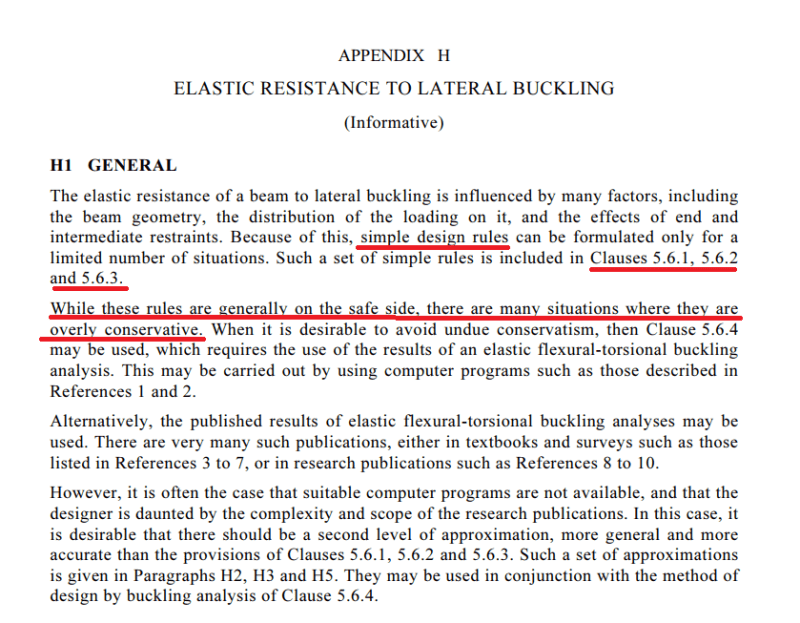Celt83 said:
so by a literal interpretation of the definition of Lb the unbraced length could be taken as 12'.
One could find gobs of example problems done to AISC practice with a modicum of digging. And, as you know, you wont find a single one that interprets Lb as you have above. So, in terms of the dogma of how how things are interpreted in AISC markets, I don't feel that's in debate.
I certainly agree that we could add more capacity to our negative moment LTB checks by accounting for the constrained axis buckling effect. However, to stay in keeping with the existing AISC LTB theoretical framework, I think that would have to be in keeping with Yura's definition: the distance between points of beam torsional restraint. And it's important to recognize that we
already have something for this. An "in the margins" procedure for checking constrained axis buckling exists. It's just not common practice to use us for routine design.
Yura's take on it is repeated below. I'll be waiting with baited breath to hear what AISC has to say about this but I'll also be utterly astonished if they break with Yura on this. It may we Yura providing the answer to your question, either directly or indirectly.
As a side anecdote, I actually started my career with an industry association similar to AISC. I thought that such an experience would be utterly amazing as far a tech development was concerned. I would be at the nexus of developing knowledge surrounded by the best minds in the game! It was one of the most disappointing experiences of my life and I was done with that in a year. The process of answering tech questions at the associations is like this:
1) Question lands on the desk or either an EIT or a PhD that's spent the last decade thinking about nothing other than compound buckling in unequal leg, FRP angles.
2) Question gets forwarded to some committee formed for the purpose. The committee will consist of more PhD's who specialize is something unrelated and some practitioners who probably aren't much more well versed in the issue than the person asking the question. Maybe less. And
none of these busy folks really have time for this crap.
3) A shabby consensus is formed from the opinions of the three out of twenty committee members who bothered to respond. And that gets forwarded to the question asker, back through the guy at step #1.
So I don't have a ton of faith in the help desks to help with the truly deep questions. We've had quite a few issues arise here where we've attempted that with mixed results. Answers, even from Larry Muir, to the tune of:
4) The guy who wrote that clause died in 1965 and nobody really remembers how it was derived.
5) AISC considers this an area where designers are expected to apply their own engineering judgment.


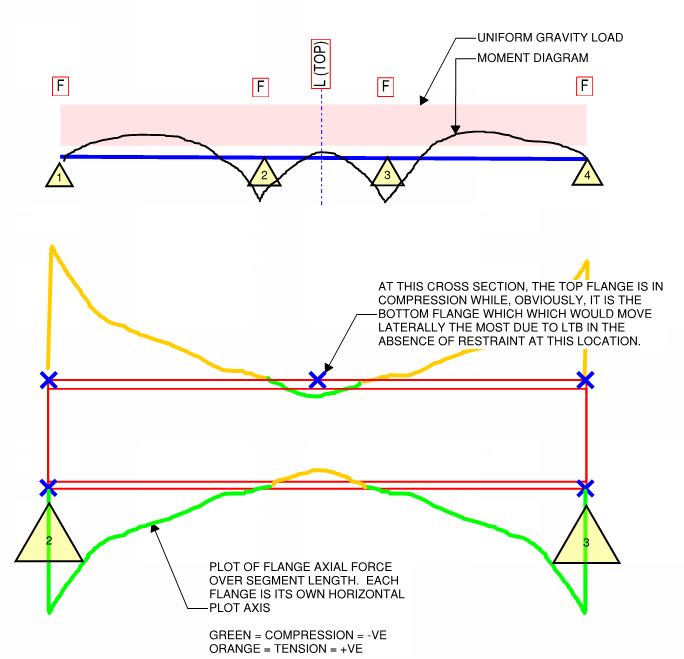
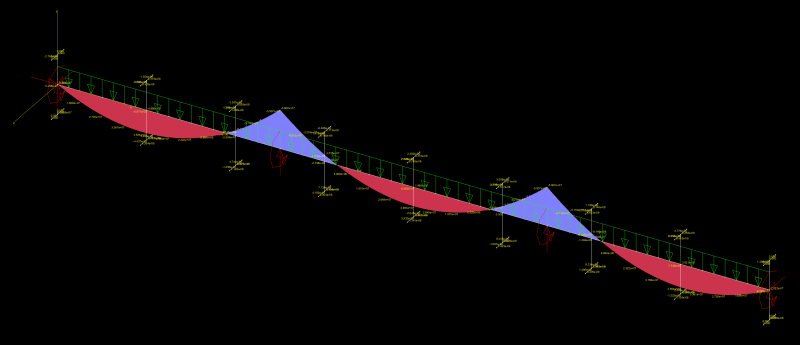
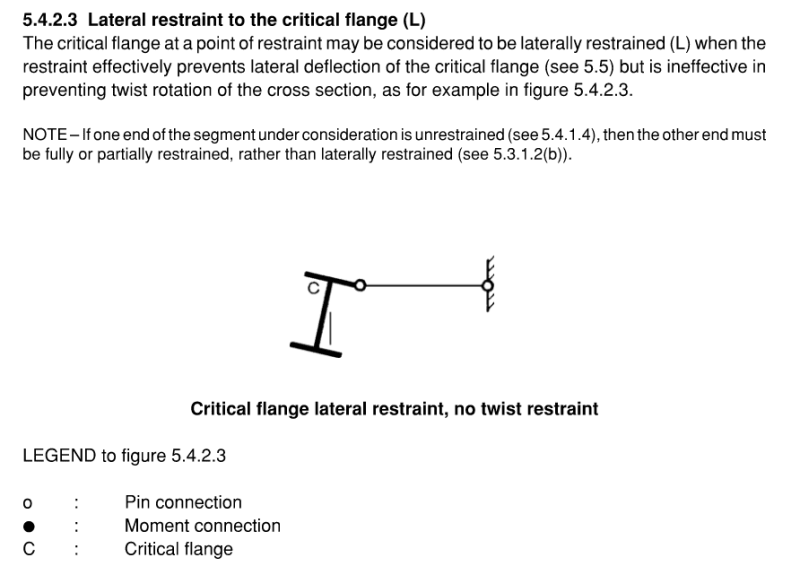

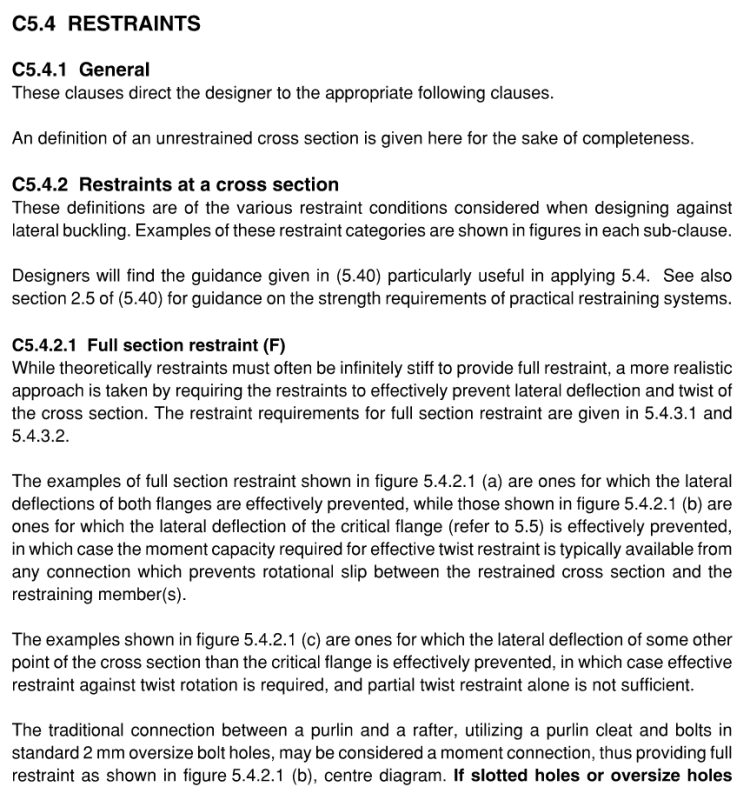
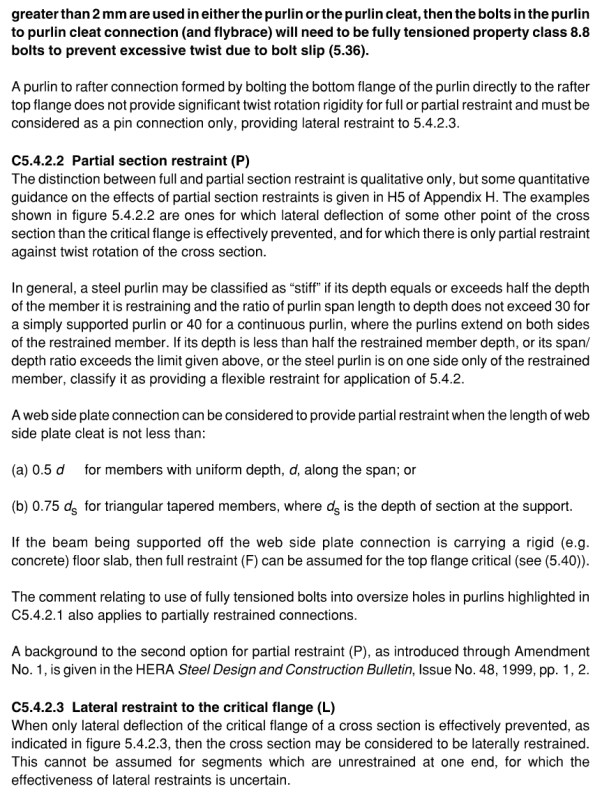
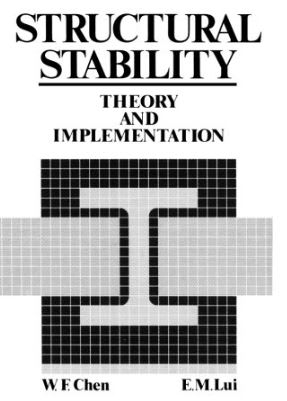
![[rednose] [rednose] [rednose]](/data/assets/smilies/rednose.gif) But I'll try to stay away from rehasing.
But I'll try to stay away from rehasing.